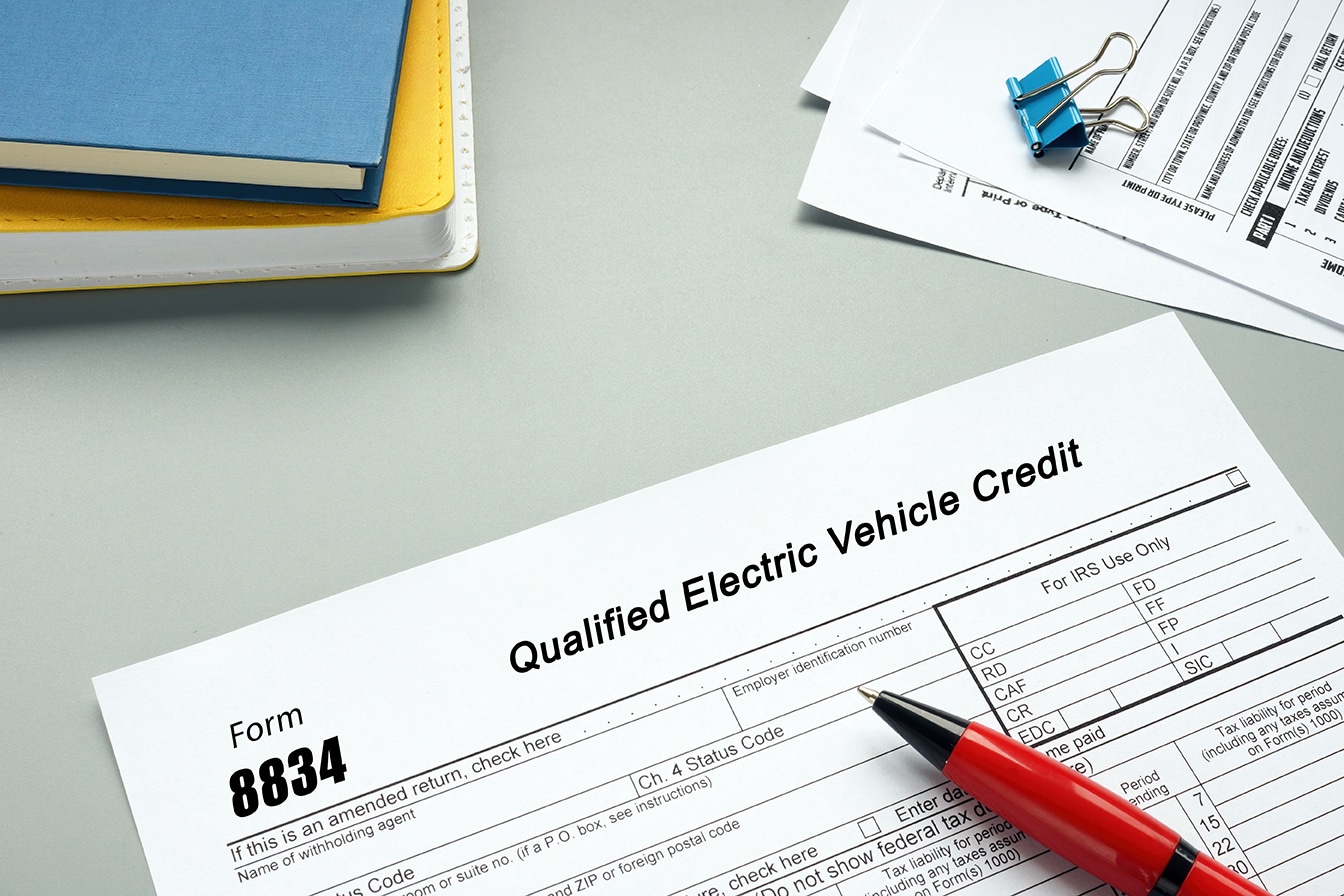AWD VS 4wd - What's the Difference?
The car world is always full of half-truths, old myths, and misinformation, especially when talking about drivetrains. When you decide to buy a car, you will choose between four-wheel drive, all-wheel drive, rear-wheel drive, and front-wheel drive systems. And although most car buyers understand the distinction between rear-wheel drive and front-wheel drive, the difference between all-wheel drive and four-wheel drive can challenge most buyers.
What is All-Wheel Drive System?
In all-wheel drive sedans, cars, and SUVs, all wheels get power, but not equally. Some systems tend to transmit power to rear wheels, while some send it to front wheels. Vehicles equipped with these systems tend to have high levels of handling capabilities, especially when taking corners. Since all-wheel drive is less complicated than four-wheel drive systems, you will find them mainly in modern performance cars and SUVs.
When you opt for a car with an AWD system, you can buy one with a full-time setup or a part-time setup. As the name implies, a full-time setup provides power to all wheels while a part-time setup delivers power to two wheels; unless you need more traction, that's when it switches to all-wheel drive mode.
What is Four-Wheel Drive System?
The four-wheel drive system assists off-road trucks and SUVs in conquering rough terrains and harsh road conditions. One advantage of using this system is that it transmits power to all wheels alike. Thus, equipping each wheel with equal power makes it easy for cars to tackle low-traction situations.
Since SUVs and trucks require to conquer off-road terrains, almost all full-size and compact trucks and SUVs feature a four-wheel drive system. Like the AWD system, you will also find two types of four-wheel drive systems: full-time and part-time. A full-time setup distributes power to both the rear and front wheels at the same time. Part-time allows the driver to use both the rear and front wheels simultaneously, but it usually operates on two wheels, enhancing the car's fuel efficiency.
Some 4WD systems come with a low-range setting that helps drivers sneak through rocks and low speeds. Others come with locking differentials that help drivers negotiate slippery terrain quickly and efficiently. Modern models also feature automated systems that you can use to adjust how the SUV or truck drives based on the road's condition.
To understand more about the differences between all-wheel drive and four-wheel drive systems, visit our Richardson Chrysler, Jeep, Dodge, Ram dealership today. We are ready to help you find a system that works perfectly for you.

